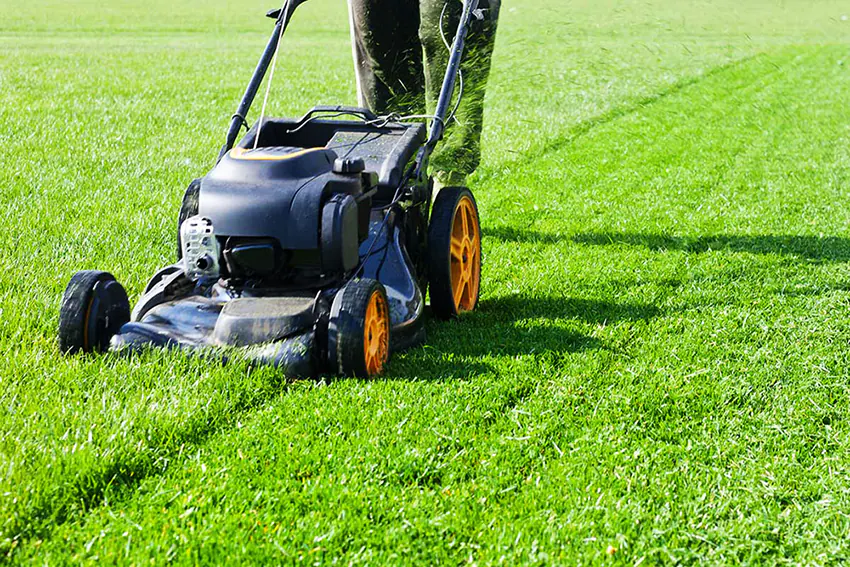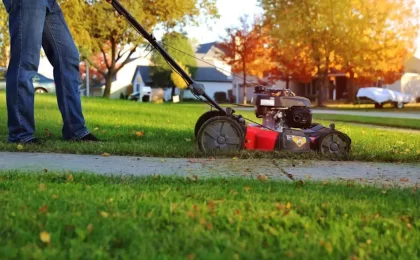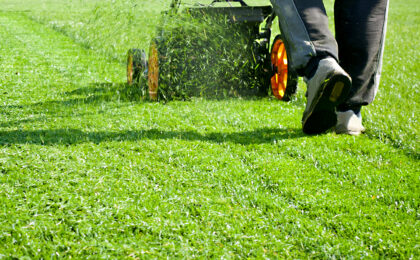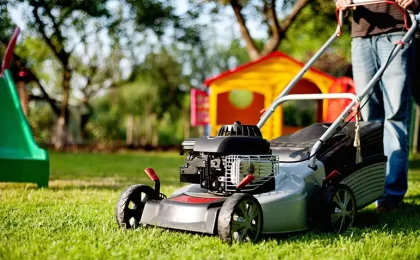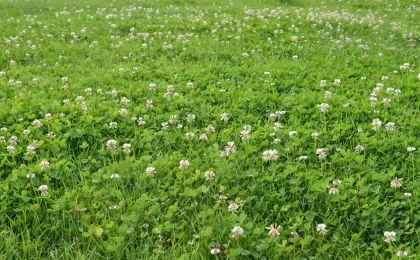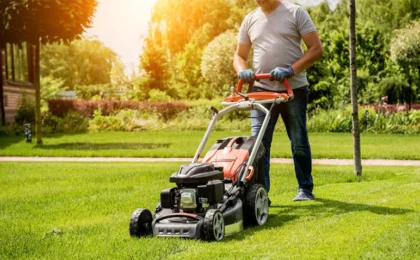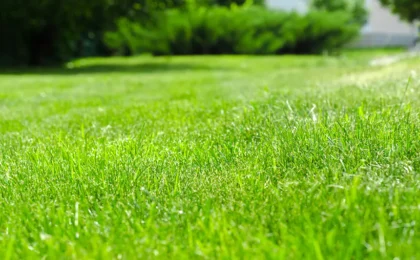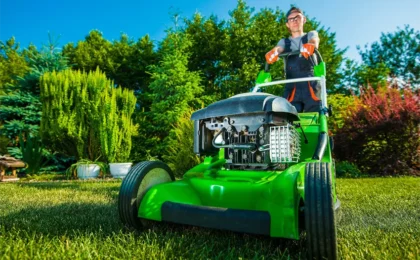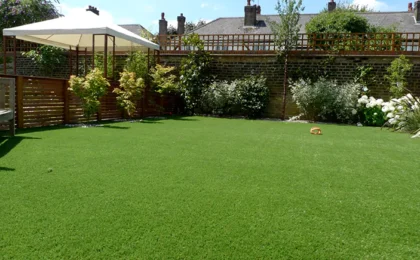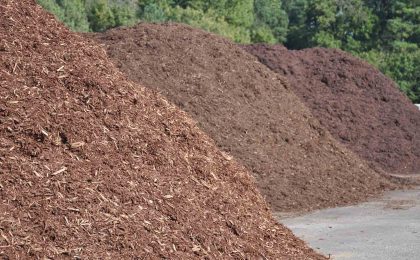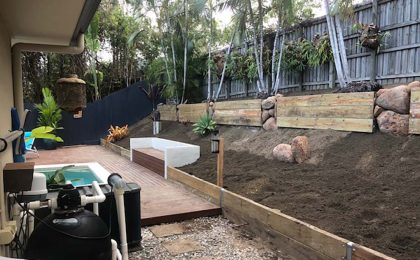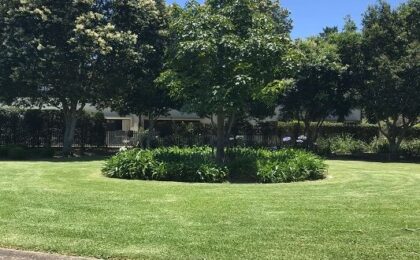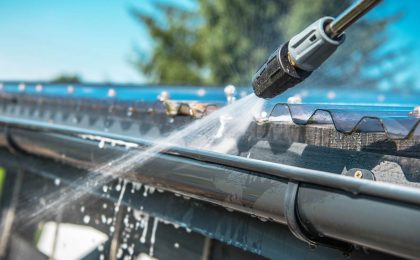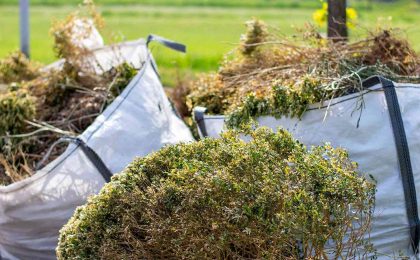As the Gold Coast’s trusted lawn care service provider, we often hear many Australian homeowners pondering, “What length should I mow my lawn?”
This blog will provide valuable information and insight on the best length to mow lawn to help maintain a beautiful, vibrant garden over time.
The Golden Rule
As lawn mowing services Gold Coast experts, we strongly recommend thorough understanding of the type of grass you’re cutting and how various climates affect it. This knowledge will empower you to make sound, long-term decisions for your garden.
The average height of cool-season grass is between 20 mm and 95 mm. On the other hand, warm-season grass grows between 15 mm and 80 mm. Please remember that these are estimates. The precise length will depend on the type of lawn mower homeowners use, whether it’s a cylinder or a standard rotary version.
Mowing only the top third of the grass blade is essential to a healthy, verdant lawn. Cutting beyond this length can stress the grass and may compromise your garden’s health. By mowing at the perfect height, you can enjoy lush greenery that thrives for years.
The Grass-Climate Connection
Warm-season grass thrives in northern Australian areas such as Darwin, NT. Conversely, cool-season grass flourishes in southern territories, including South Australia, Victoria, and Tasmania.
Unlike North America and Europe where cool-season grass is more prevalent, our country has more of the warm-season version. Nevertheless, climate has a direct impact on grass growth.
Australian cool-season grass types include the following:
- Tall fescue: 30 mm-95 mm
- Ryegrass: 15 mm-45 mm
- Fine fescues: 30 mm-95 mm
- Kentucky bluegrass: 20 mm-70 mm
On the other hand, Australian warm-season grass varieties include:
- Kikuyu: 20 mm-35 mm
- Couch: 15 mm-55 mm
- Buffalo: 20 mm-70 mm
- Zoysia: 20 mm-70 mm
Cool-season grasses grow in temperatures between 15℃ and 24℃, while their warm-season counterparts thrive in temperatures between 27℃ and 35℃. Hence, regional climates and seasonal precipitation significantly impact grass growth.
Regardless of grass location, the soil’s ability to retain water and nutrients helps lawns withstand extreme temperatures throughout the year.
Mowing Frequency
Mowing frequency hinges on several factors. Regularity based on the time between mowing every other week is a haphazard and aimless practice that doesn’t consider growing conditions and patterns.
For instance, precipitation encourages turf growth, erratic watering frequencies compromise growth, and various grass types mature at different rates.
Instead of mowing your lawn randomly, it bears repeating: for a healthy, blooming garden, we recommend thorough knowledge of your grass type and cutting only the top third of the blade.
Accurate mowing also entails regular lawn mower maintenance. The service frequency hinges on how often you use your mower. Cutting your lawn weekly or fortnightly entails an annual service.
On the other hand, more frequent use, particularly in commercial areas, requires more frequent maintenance.
Regular servicing helps prevent lawn mower breakdown issues, extends lifespan, and ensures user safety. If you’re unsure if your mower requires maintenance, play it safe and have a professional check it out.
Best Mowing Time
Many Australian homeowners also wonder when is the best time to mow their lawns.
As Gold Coast lawn mowing and maintenance specialists, we encourage you to mow your lawn mid-morning between 8 a.m. and 10 a.m. because your grass no longer has dew or irrigated water. Mowing wet grass results in uneven cutting or grass clumping which can jam and damage your lawn mower.
Conversely, mowing your turf in the afternoon can burn your grass because of extreme temperatures. Therefore, mid-morning is the best time to cut your grass. If unavailable, we recommend hiring lawn mowing professionals to give your lawn a fresh look.
Use Sharp Lawn Mower Blades
Achieving precise, accurate, beautiful cuts requires sharp, resilient lawn mower blades. Please remember they don’t need to be as sharp as a razor.
Blades that are too sharp tend to roll over, damage your mower, and shorten blade lifespan. Touching lawn mower blades without cutting your fingers means they’re ready for use.
How often should you sharpen your lawn mower blades? Occasional use requires annual sharpening, while frequent use entails regular sharpening to achieve optimum results. If you notice uneven cuts or unmowed spots on your lawn, your blades may require sharpening.
You can use a blade grinder to sharpen your lawn mower blades. Alternatively, you can bring your mower to a professional, who will do the rest.
Select The Appropriate Mower
We recommend choosing the appropriate lawn mower to cut grass efficiently. Australian retailers sell several types of lawnmowers. These include the following:
Rotary mowers
These mowers have a solitary blade that rotates horizontally. Mulching mowers fall into this category. As the term implies, these machines mulch grass clippings and place them over your garden.
We recommend using these mowers for poorly maintained, medium lawns, gardens with substandard soil, or uneven terrains. Catcher mowers catch the clippings for disposal and composting. Rotary mowers are versatile and ideal for various grass types.
Cylinder mowers
Also known as reel mowers, these machines are the classic push mowers with a horizontal cylinder and numerous blades for cutting grass.
These blades act like scissors and make accurate cuts on lawns, making them perfect for soft, delicate grasses such as Bermuda and Couch. Cylinder mowers are ideal for small-to-medium gardens and flat, smooth terrains.
Rear-engine ride-on mowers
These machines’ cutting deck at the rear provides better visibility and allows the user to work around hindrances in cramped, tight spaces. They have narrower mowing widths than their ride-on versions.
Rear-engine ride-on mowers compact, manoeuvrable structures make them ideal for small-to-medium lawns.
Lawn tractors
These mowers have expansive cutting decks that help users mow more grass than other versions. Lawn tractors are versatile. They can handle different attachments, including mulching kits, baggers, and snow blades.
These ride-on mowers are perfect for large, expansive properties and gardens.
Zero-turn mowers
These highly manoeuvrable ride-on mowers can make 180° or 360° turns, allowing the user to mow his garden using unconventional patterns.
Their two-level steering feature appeals to many homeowners because it makes it easy to steer and control the mower. Hence, zero-turn mowers are ideal for huge open lawns with obstacles.
The Final Word
Many Australian homeowners and landscapers find it confusing to determine the best length for lawn mowing. Cutting the top third of your grass will ensure lush, vibrant gardens over time.
Please remember that several factors are essential to achieve this goal. Knowing your grass type, climate, frequency, appropriate mowing time, and lawn mower type will help you cut grass efficiently and maintain your garden’s stunning beauty and appeal.
Please contact us if you require professional lawn mowing services. Our customer service team will design an upfront, customised estimate for your needs and budget. We also offer lawn mowing franchise for sale Gold Coast to customers who want to get started in the industry.
